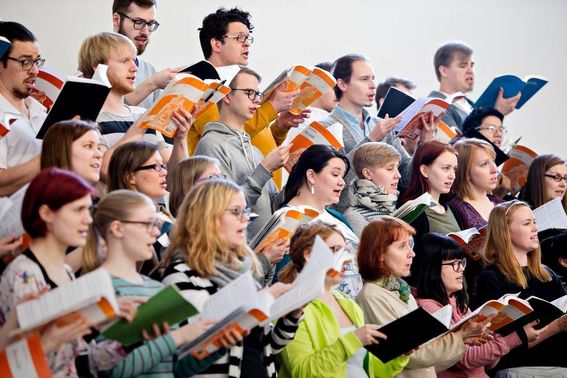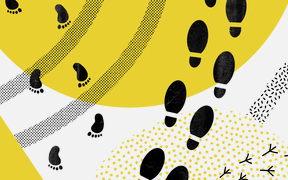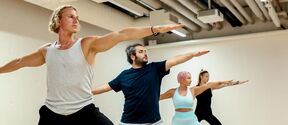You will be defending your doctoral thesis on 20 November. What was the aim of the research?
The aim of my PhD research was broader than the combination brain scanner, for example different variations of MRI scanners. That part of the research aims at portability, low cost, light weight and even lower power consumption of the device.
The combination brain scanner, on the other hand, is expected to be useful for things like treatment planning of epilepsy. The developed technology can also be used for imaging other parts of the body and could be particularly useful for soft tissue diseases. The new technology could be more cost-effective, open, portable, and silent.
I have also developed a range of approaches in my PhD that others also outside Aalto can hopefully draw inspiration from. For progress, it has been important to solve crucial problems that are yet often circumvented for convenience. For many device components, there are no textbook solutions, and one has to develop something new – inventions are made in the process.
Intelligent dynamics is one of the themes of the PhD. What does it mean?
Dynamical pulse-waveform coupling has been the solution to surprisingly many problems. I have developed it for different applications and to tackle different issues. Although it has connections to existing solutions, this approach is my invention. In fact, we have patented it in multiple contexts.
When temporal shapes of magnetic pulses, for example, are equipped with the right features, hardware problems can be turned into software problems. It makes the implementations of the solutions lighter. Take, for example, a magnetic field pulse which is needed at some stage of the imaging sequence and which induces unwanted complex time-evolving eddy currents in structures. Based on theory and measurements, we can use a computer to generate another pulse, which is applied at the same time. Its shape is carefully designed to cancel out the harmful eddy currents.
For example, at UC Berkeley, part of an MRI machine caused eddy currents in surrounding aluminium walls. We applied another interestingly shaped pulse to cancel out the eddy current pattern. As a result, the complex eddy currents in the walls were eliminated at the end of the pulse and no longer interfered with the measurement.
















